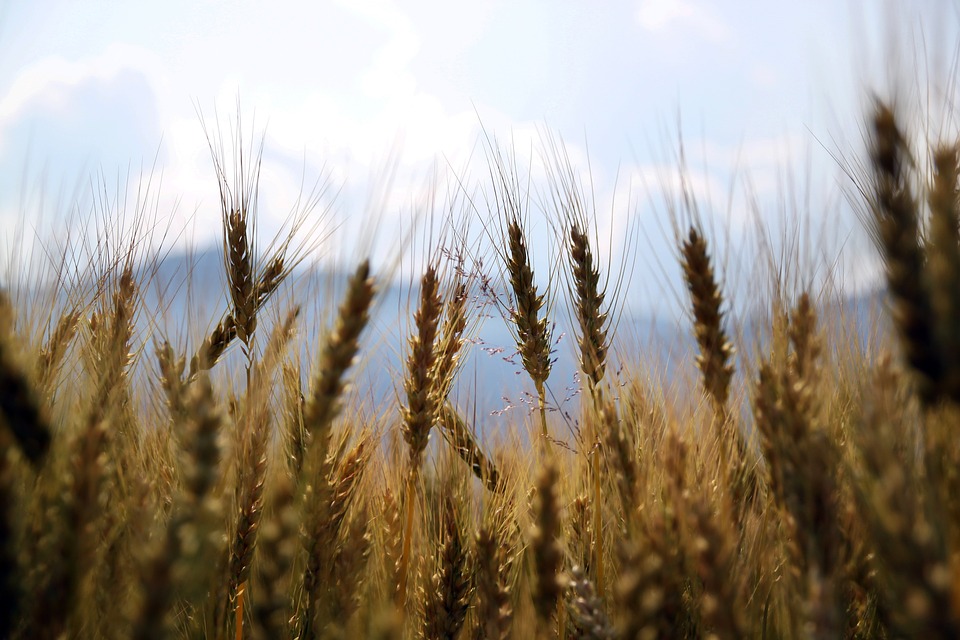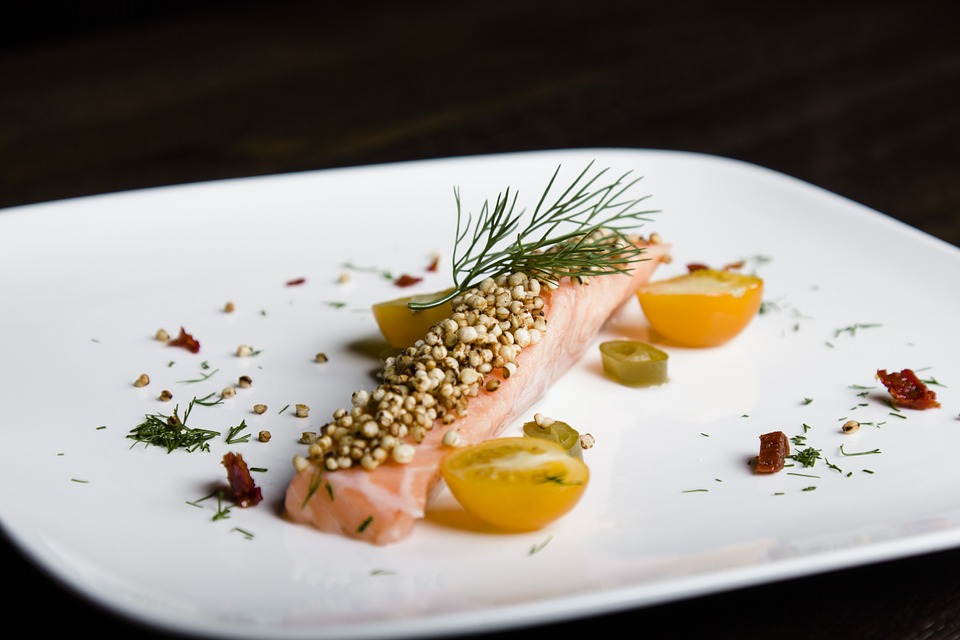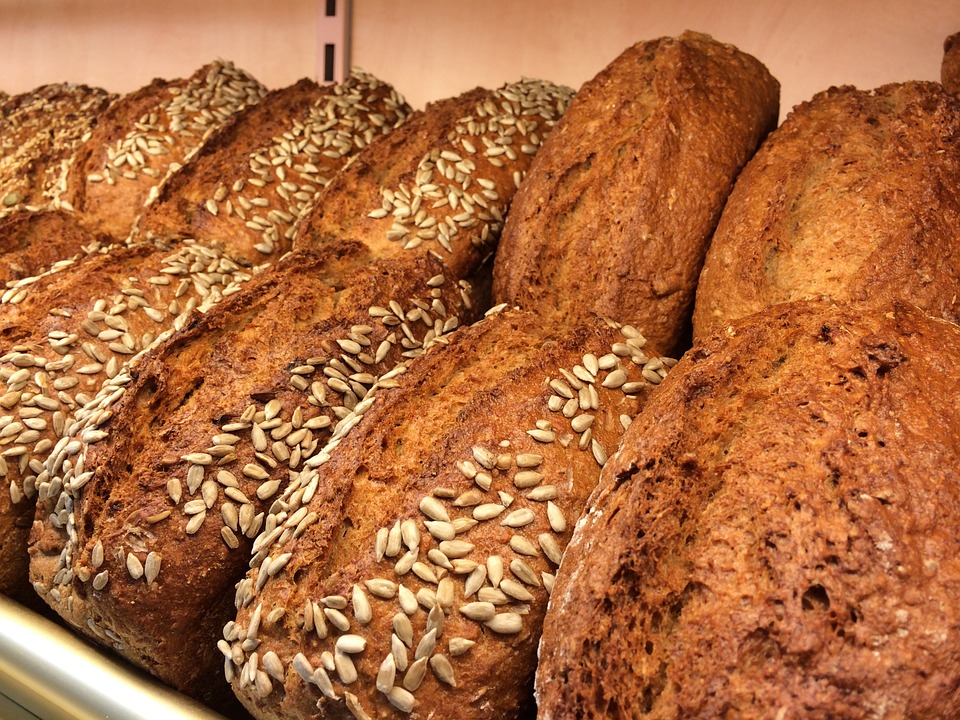The most industrialised grains in the world are corn, wheat and soy (which is technically not a grain, but a legume). They make up a large part of animal fodder and also regularly appear in the “Western” diet.
However many people are beginning to recognise how industrialisation has negatively affected the way these crops are grown and in turn, affecting our collective health. Conventional crops are produced with synthetic pesticides and fertilisers, a growing number are GMO, and corporate control of the food chain means that profit takes precedence over health and the environment.
Opting for lesser known alternatives means that they are grown on a smaller scale which means they are less likely to have been subjected to genetic engineering and toxic chemicals although we still recommend you seek out organic and chemical-free options if available.
Here are some alternatives to standard grains if you’re looking to get healthier:
Amaranth
Originally from Central and South America, this 8,000 year old crop is not actually a grain but a seed. It is a wonderful source of protein and calcium which is perfect for vegetarians and vegans. It is increasingly found in healthy breakfast cereals, crisp breads and pasta.
Quinoa
Pronounced “keen-wah” this grain was cultivated in the Andes by the Incas, and a grain they considered sacred. Today it is highly popular due to its superior nutritional profile and is great for vegans and vegetarians due to being high in protein. Nowadays, quinoa can be found in cereals, crackers, breads, chips and even chocolate. It is available in the form of whole-grain, flour and even flakes.
Millet
A very mild grain that is easy to digest, this grain has been cultivated in South East Asia for the last 10,000 years. You can prepare it as you would rice or you if you prefer a nuttier flavour, toast it in a pan with oil as you would sesame seeds, before boiling. You can also purchase it hulled (without the outer husk). Make sure to check out our range of millet porridges here.
Spelt
Spelt is a species of wheat that has been cultivated since 5000 BC and has evolved from natural hybridisation. It is a healthier option to wheat due to its broad spectrum of nutrients which include complex carbohydrates, soluble and insoluble fibre, fatty acids and other vitamins and minerals. Aside from its nutty taste, spelt is particularly nourishing because of its tough husk which protects it from losing its freshness and nutrients and shields it from pesticides. There is a growing range of spelt food products including spelt flour, pasta, crisp breads and biscuits.
Teff
A tiny grain that is grown almost exclusively in Ethiopia and has been used in Ethiopian cooking for thousands of years. It is jam-packed with vitamins, minerals and fibre and many Ethiopian marathon runners attribute their health and energy to teff. It is also naturally gluten-free, making it ideal for coeliacs and people who are gluten intolerant. Teff flour also makes a great alternative to wheat, barley and rice flour.
Chia
Native to central and southern Mexico and Guatemala, the chia seed is now consumed worldwide and is a superfood success story. High in protein, fibre, calcium, and anti-oxidants, chia seeds can be eaten as a healthy cereal, dessert, and can be mixed in with your smoothies.
We’d love to know: Have you tried any of the above? Have you noticed in your health? Feel free to leave a comment below.



